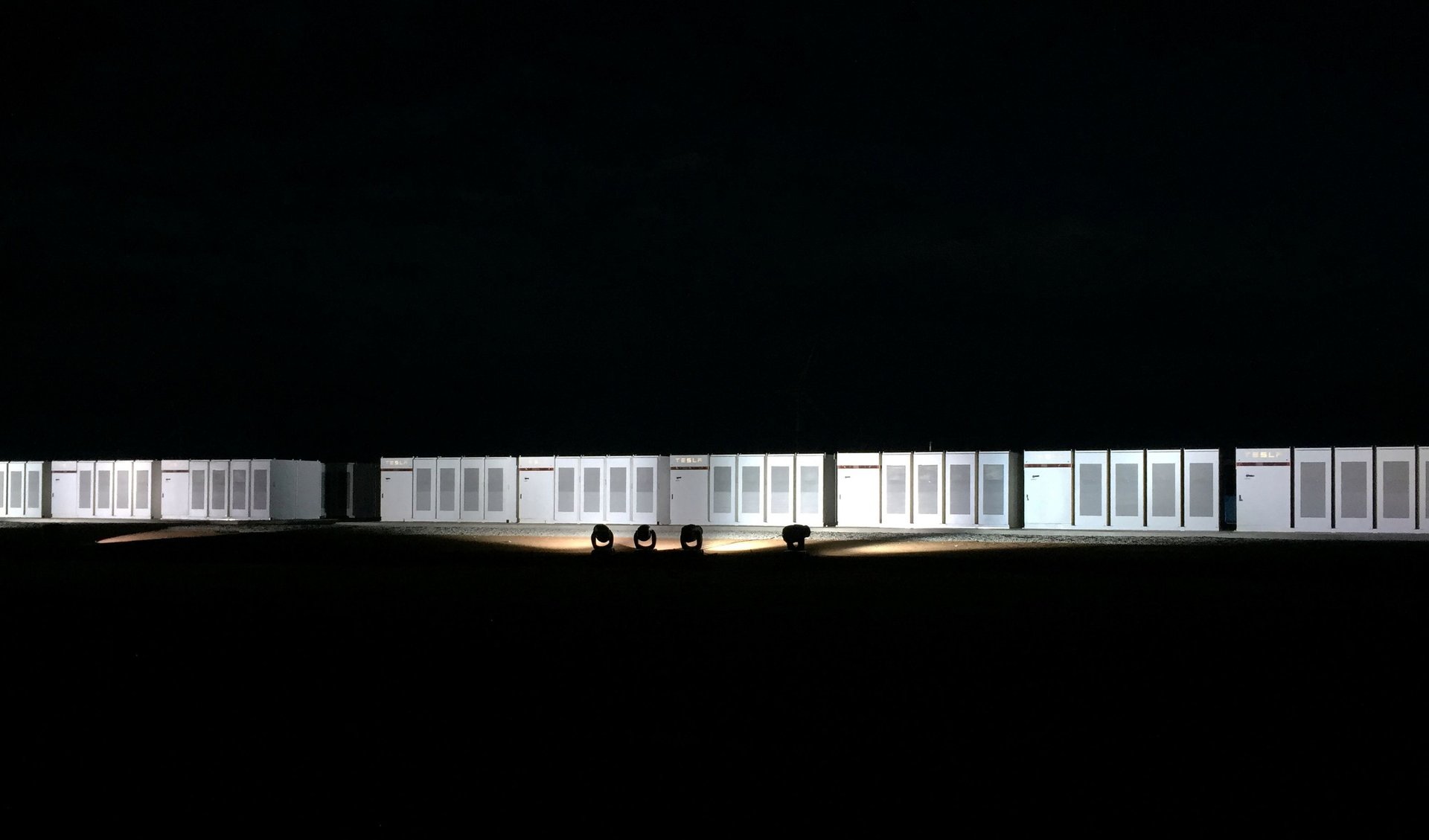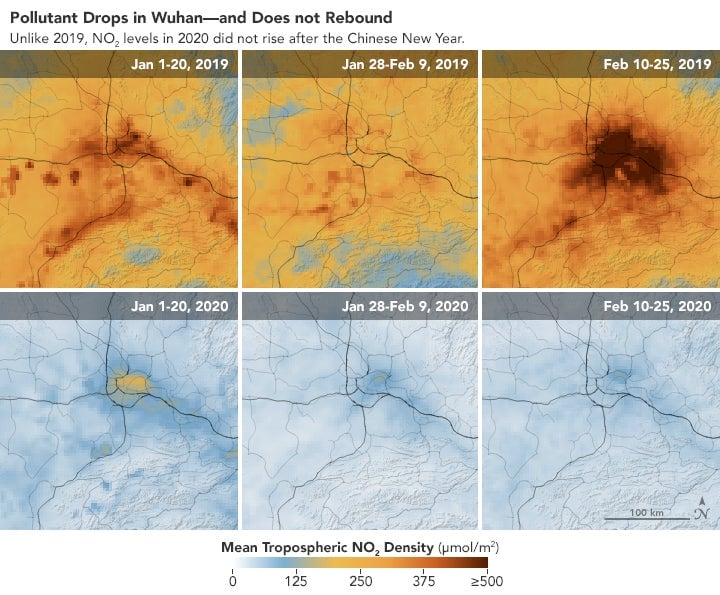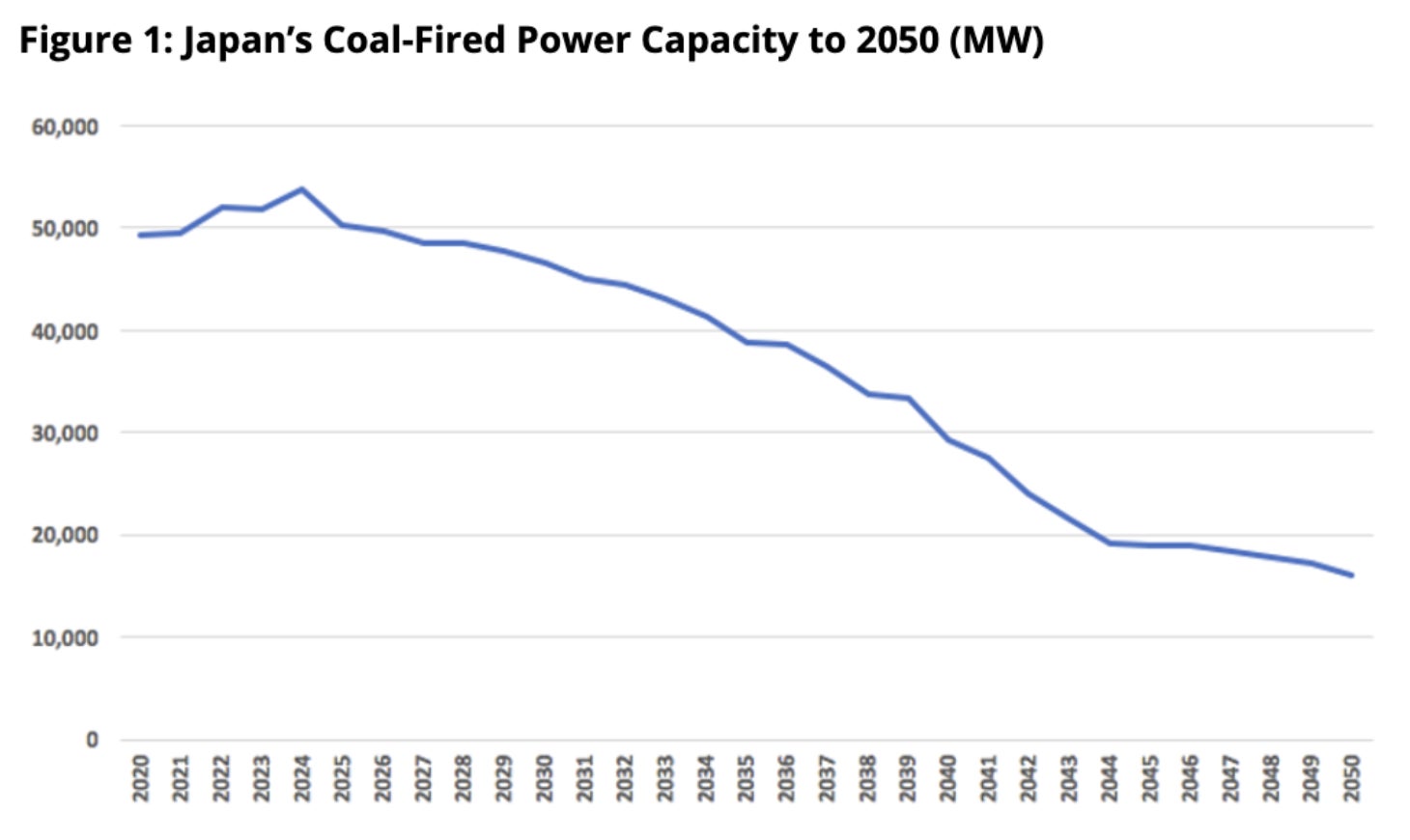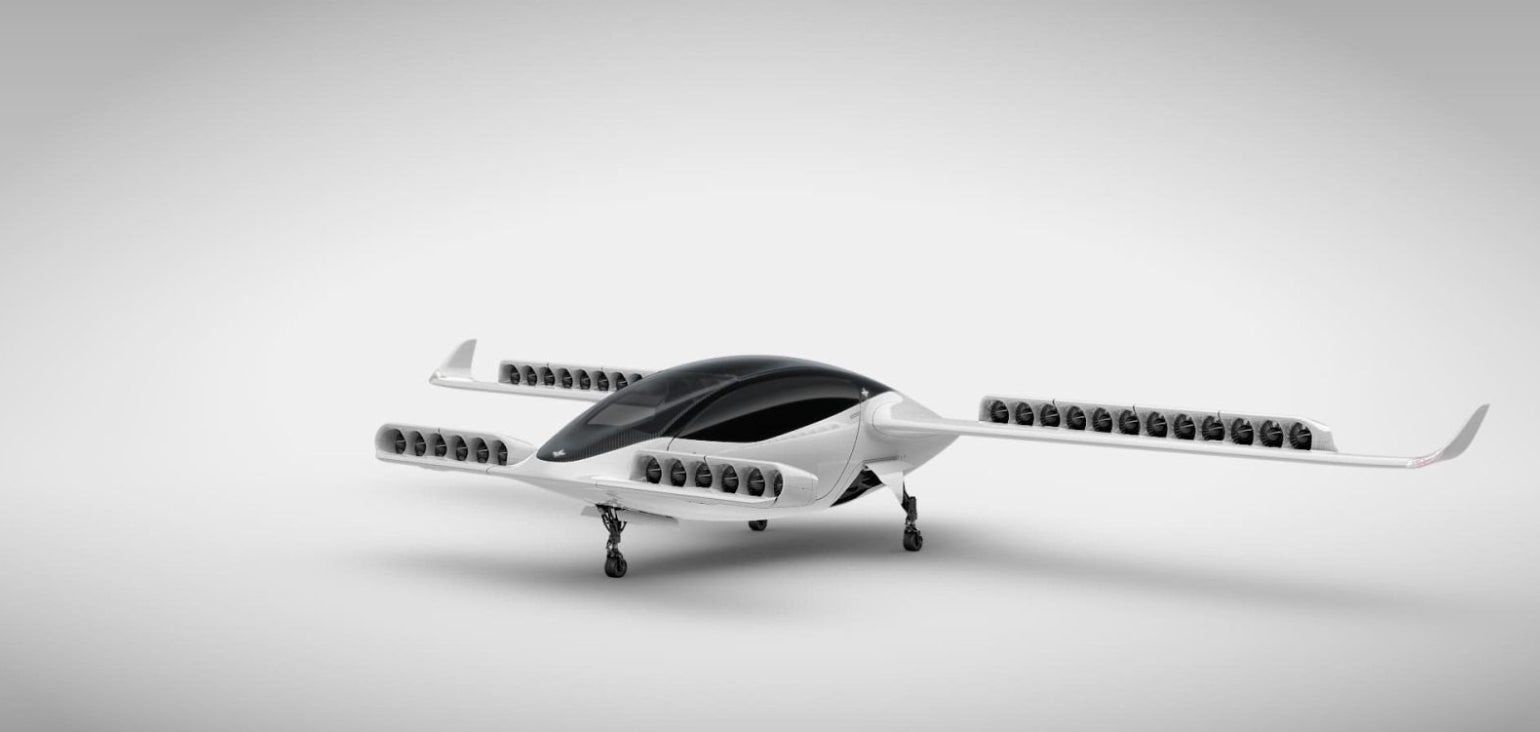The Race to Zero Emissions: renewable hydrogen, palm oil, and wind farms
Hydrogen is hot. After a surge of interest in the 1990s, followed by disappointment, the hydrogen economy’s prospects are rising again. The surplus of renewable electricity during off-peak hours—along with a need for carbon-free liquid fuels—is driving renewed interest and dollars. It’s one of the highlights of the past week among news that has helped or harmed the world’s chances of cutting greenhouse-gas emissions to zero.

Hydrogen is hot. After a surge of interest in the 1990s, followed by disappointment, the hydrogen economy’s prospects are rising again. The surplus of renewable electricity during off-peak hours—along with a need for carbon-free liquid fuels—is driving renewed interest and dollars. It’s one of the highlights of the past week among news that has helped or harmed the world’s chances of cutting greenhouse-gas emissions to zero.

Decreases emissions
1️⃣Tesla will build a 1GWh lithium-ion battery for California’s PG&E, part of a massive state project deploying batteries to replace three natural gas plants. 🔋
2️⃣Get ready for RH2. ⚡️A Royal Dutch Shell partnership will build a plant turning offshore wind power into renewable hydrogen (RH2). The facility in the Netherlands will eventually produce an estimated 800,000 tonnes of hydrogen, slashing 7 megatons of CO2 each year.
3️⃣Pollution levels plunged in China as coronavirus measures restrained industrial activity. NASA scientists said satellites showed a massive reduction in nitrogen dioxide (NO2), a greenhouse gas, around the epidemic’s epicenter of Wuhan before spreading across the country.

4️⃣The UK lifted its ban on public subsidies for new onshore wind farms after years of local resistance. Next year onshore wind farm developers can bid to sell their clean electricity at guaranteed prices. 💰🌬
5️⃣Japan is still building coal power plants, but recent cancellations mean its pipeline of new plant proposals fell from 9 GW in July 2018 to 2.6GW in January 2020. The country’s coal capacity may peak within five years. 🏭📉

Up, up…and down

The first prototype of Lilium’s electric jet was destroyed in a fire during maintenance work last week. The Lilium Jet eVTOL aircraft—for electric vertical take-off and landing—promises to reduce emissions by taking over short-haul flights from fossil-fuel-powered aircraft. Lilium is planing to launch an urban air shuttle service by 2025, but this test disaster may set it back. The German aviation startup says it’s pausing flights until it can identify the cause of the fire.
Net-zero (for now)
1️⃣Hydrogen is hot, again. After decades of disappointing results, companies building the hydrogen economy—such as fuel-cell makers—have seen their stocks soar (profits are still forthcoming).
2️⃣The Australian government will redirect investment from solar and wind to less proven technologies such as hydrogen and carbon capture and storage. Australia’s climate policy (ranked last among 57 countries in one analysis) will ostensibly leverage private sector investment for long-term emission reductions. 💸❓
3️⃣If you can’t beat ‘em, starve em. A British billionaire is campaigning to choke off cash to coal power plants. The hedge fund titan Chris Hohn is threatening shareholder votes to curtail loans to the coal sector and publicly disclose their coal exposure.
4️⃣ America’s 11-state “cap-and-invest” program just won the ostensible support of oil and gas firm BP. The firm has pledged to go carbon neutral by 2050, but engaged in plenty of “greenwashing” in the past.
5️⃣A British court dashed the prospects of a new runway at London’s Heathrow airport, finding the UK government had failed to consider its own climate change commitments. The ruling marks a turning point for infrastructure projects threatened with cancelation over climate impacts.🛑✈️
Battle of the biggest
The world’s biggest vehicles are swapping diesel for batteries. The current contender is eDumper, a 45-ton mining truck, operating near Biel, Switzerland. The 6-wheeled behemoth can haul 65 tons, powered by a 9,000-pound lithium-ion battery. During its descent from the top of a lime and marlstone quarry, it recaptures much of its energy using regenerative braking. Now the mining company Anglo-American wants to dethrone it with a 290-ton fuel-cell electric vehicle for its metals mining operation in South Africa. It’s not ready yet, but test runs start this year.

🔼 Increases emissions
1️⃣Newer cars are more polluting despite more efficient engines. An analysis of UK vehicles found that drivers’ love affair with beefier cars has pushed up CO2 emissions by 7% compared to 2017 models.🚙
2️⃣Analysts warned the coronavirus could hamstring the solar energy supply chain if its effects spread beyond China. Bloomberg New Energy Finance reduced its forecast for solar installations in China by 4% since the outbreak. 🦠🌞
3️⃣Palm oil, a remarkably productive crop, has been raised as a potential source of climate-friendly biodiesel. But researchers in the journal Nature Communications found the common practice of clearing forests for plantations eliminates any net greenhouse gas reductions. Planting on degraded lands may hold some promise. 🌴☹️
4️⃣Oregon’s Republican lawmakers fled the state capitol—for a fifth time—to prevent the passage of a climate bill rather than face defeat. Republicans are preventing the legislature from reaching a quorum to vote on the issue.
5️⃣Ride-hailing is hurting, not helping carbon emissions, reports the Union of Concerned Scientists. Studies are finding the ride-sharing services worsen inner-city congestion, reduce public transit usage, and don’t change rates of private car ownership.
Stats to remember
As of Mar. 1, the concentration of carbon dioxide in the atmosphere was 414.25 ppm. A year ago, the level was 411.56 ppm.
For Quartz members
We’re heading into a work where the world everyone is going back to school — but very few will ever go back to campus. At least 300 million people will need to be retrained to work in the modern economy whether you already have a job, or you’re just leaving high school. I reported on the challenge to transform education and close the widening gap between a slow-moving higher ed system and a fast-moving economy—without miring students in debt.
Have a great week ahead. Please send feedback and tips to [email protected].